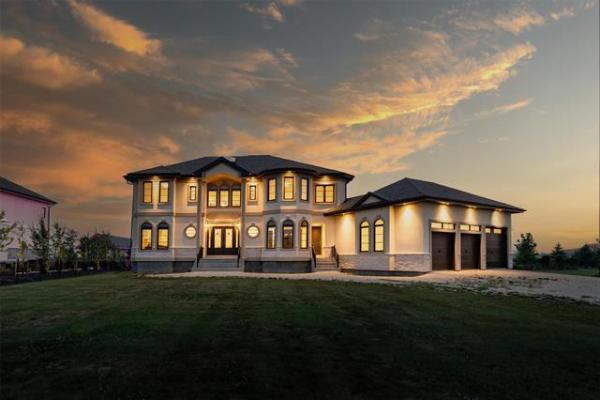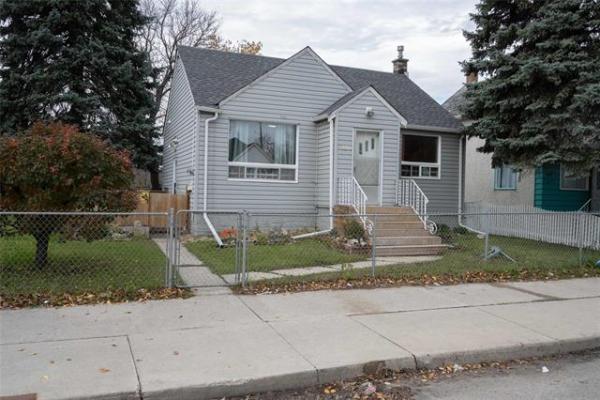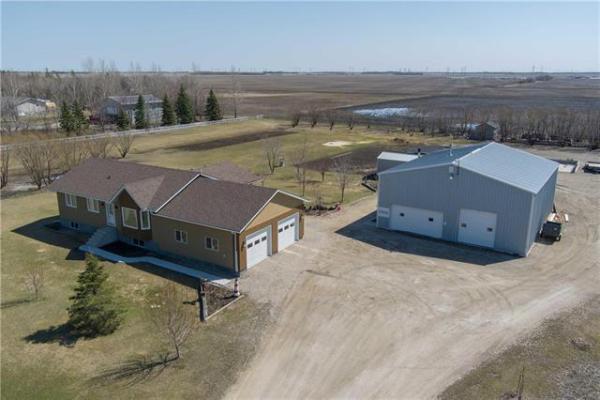Changes to provincial building codes to improve energy efficiency mean other programs that currently exceed its standards -- such as Energy Star and R-2000 -- will now get much tougher, too.
The aim? Slash consumption and save on energy costs.
The greening of the housing industry has gone mainstream, with Manitoba and three other provinces now making it mandatory for all builders to wrap and insulate homes to toughened energy standards.
Starting on Jan. 1, Manitoba, Ontario, Nova Scotia and British Columbia changed their respective building codes, requiring big and little contractors as well as custom, urban and suburban builders to up the insulation factor, install air-exchange fans and eliminate drafts by ensuring work crews carefully wrap all new homes in a tight vapour barrier.
The new guidelines virtually replicate levels under Energy Star, a highly successful voluntary program launched in 2004 by Natural Resources Canada that cut energy bills by 25 per cent compared to the building code that just expired at the end of 2011.
So what's next?
Now, Energy Star and the more stringent R-2000 program will get even tougher. Committees of federal and provincial officials and building-industry representatives are meeting to determine new guidelines that will be introduced by July and then phased in.
The new, deeper-green Energy Star program will produce homes that save homeowners 20 per cent more on energy, compared to the new 2012 building code, while the new and tougher R-2000 standards will deliver savings of 50 per cent. Officials will also revisit the revised Energy Star and R-2000 standards in 2014.
And work is being done to green the National Building Code, bringing it up to the new Ontario levels by next January.
In Canada, building standards can get confusing because provinces can either accept the national code or set their own standards.
"This is good news," said Howard Orr, the grandfather of R-2000 and the first energy-smart home in North America, the Saskatchewan Conservation Home in 1977.
"The best news is if every province and every builder in Canada would adopt these standards," added Orr, wryly noting that his push for higher building standards 35 years ago was labelled crazy by his superiors at the National Research Council.
An internal report by Orr with recommended building practices was not published for a number of years after that first home opened to rave reviews, and then it was only available as an internal document.
Why?
"It might have been the industry and the profit-margin philosophy," suggested the 80-year-old Orr. "We used to have a saying at the NRC that if there was a good idea, it would take 20 years to come to the mainstream market. This has taken 35 years. It's too long, but it's here and that is good."
-- Postmedia News



